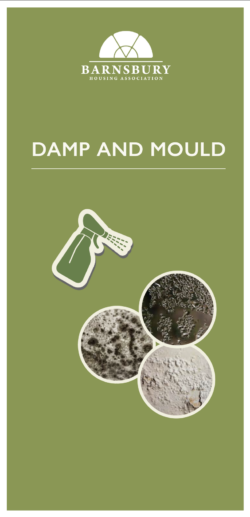Dealing with condensation
Condensation is a common problem, and often leads to damp and mould problems. It is caused when moist warm air meets a cold surface such as glass in a window.
 Every home gets condensation at some time, usually when lots of moisture and steam are being produced, such as at bath times, when cooking, or when clothes are being washed or dried. Condensation is usually at its worst in the winter and can result in black mould growing on walls and other surfaces.
Every home gets condensation at some time, usually when lots of moisture and steam are being produced, such as at bath times, when cooking, or when clothes are being washed or dried. Condensation is usually at its worst in the winter and can result in black mould growing on walls and other surfaces.
Our best advice is ventilate. The air in your home needs to be replaced to keep humidity levels down.
Keeping your windows ajar for as little as 20 minutes a day lowers condensation and may stop it altogether.
It will clear out a lot of trapped air and bring in fresh air.
It will also take outside mould spores and viruses that thrive in humid conditions.
Click here to download our new leaflet on damp and mould.
Common causes
- sharp spikes in the temperature of your home, from very warm to very cold for example
- activities in your kitchen or bathroom that generate warm, wet air. This includes cooking without pot lids on and having the extractor fan turned off or having a shower without turning on the extractor fan.
Spotting damp and mould
Please check your home for:
- any water stains on walls or ceilings
- a musty smell
- mould on walls or ceilings
- condensation on windows
- leaking pipes or waste overflows
- rain seeping in where tiles or slates are missing
- overflow from blocked gutters, around window frames or leaking through cracked pipes
- rising damp due to a faulty damp course or because there is no damp course.
We can help
If problems with damp and condensation seem to be caused by dampness getting into your home from outside we will send someone out to investigate. We will put right any problems we find and/or help you tackle any mould growth caused by condensation, Please contact us so we can investigate.